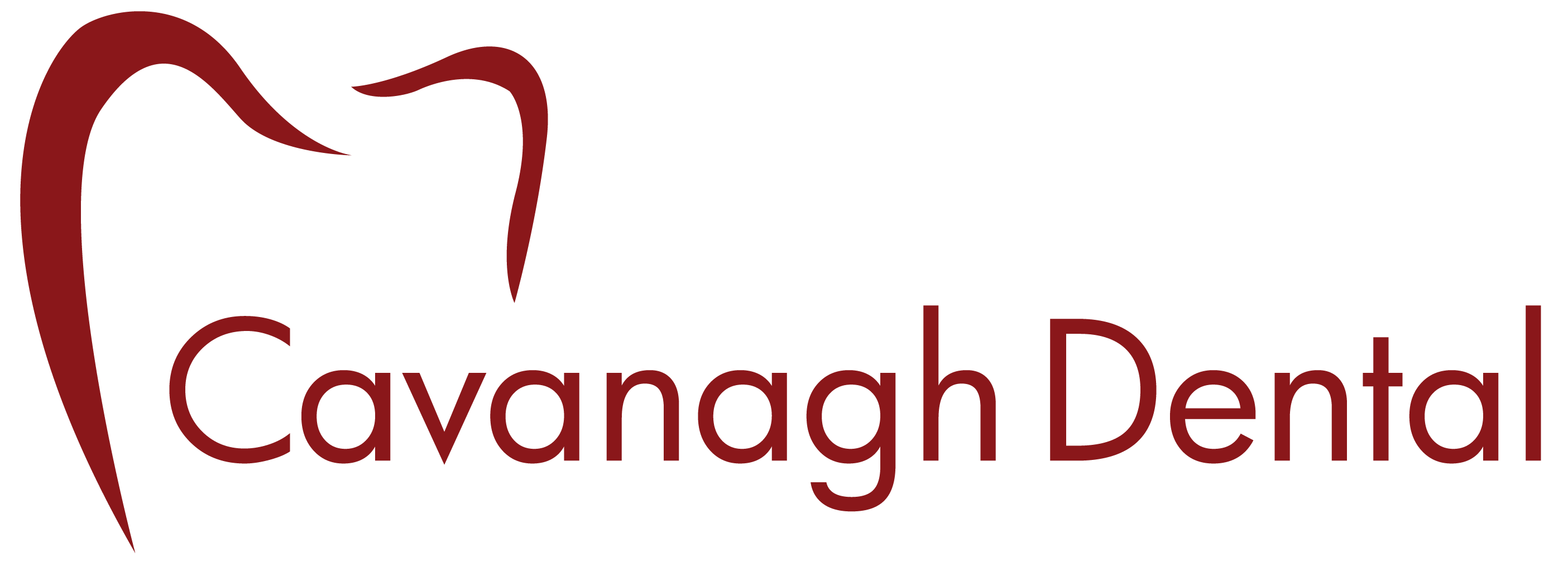Our Services
Emergency Dental
Accidents happen, and when they do, you’ll be glad to be prepared. That means keeping a first aid kit nearby at all times. You can do this by placing a first aid kit in an area that can be easily located, like a medicine cabinet, and be sure to include another kit in your family vehicle(s). To prevent common dental emergencies, a sports mouthguard should be worn any time you engage in full contact sports

Dental Emergencies
Dental emergencies refer to severe tooth infections that are causing significant pain, or trauma to the mouth that cracks, breaks, chips or knocks out teeth. In the event of a dental emergency, your priority should be to be seen by a dentist on the same day (or within half an hour with knockouts). That means that if you are not near your regular dentist’s office, you should call dentists near your immediate location to find a practitioner who can see you for an emergency appointment.
Not every tooth break needs to be the seen urgently – breaks that have not compromised the inner chamber of the tooth can wait until you can see your regular dentist, unless you are in pain.
Family Focused
Kid Friendly
Direct Billing
Signs of Infection
If you are experiencing severe pain in a tooth, it is likely that you are feeling the result of inflammation from infection. If this is the case, it will not likely take you any time to realise that you’ve got a situation on your hands, and you need to see your dentist. Dental infections must be taken very seriously since infections in the mouth can spread into the rest of the body via the blood supply.
Signs of infection include swelling, pustules along the gums, and a bad taste that you just can’t get rid of. When you have a tooth infection, your dentist can either remove the tooth, or give it root canal therapy before adding a crown. The decision to use root canal therapy allows the tooth to remain in the mouth despite having been diseased.
Root canal therapy is done under local anesthetic and involves removing diseased tissue from inside the tooth, ultimately rendering the tooth ‘dead’ but allowing it to safely remain in the mouth. Once the root canal is complete, your dentist will place a crown over the whole tooth to reinforce its structure and keep the tooth safe from further damage.
While you are waiting to see your dentist, you can control pain using a cold pack on your cheek. Never use heat on a potential infection – it will intensify the pain you’re feeling.
First Aid for Knockouts
Having a tooth knocked out can be a painful and shocking experience. If you or someone you know has been injured in this way, you can help the situation by keeping everyone calm. Find the tooth as soon as possible so that it isn’t damaged or broken inadvertently. The tooth should never be handled by the root and must be rinsed clean in a gentle manner that will not compromise any tissue that may be on it. This tissue is often needed to help in the healing process, if the tooth can be replaced and saved.
Knockouts produce a lot of blood which can be upsetting to some, and stopping the bleeding is the first order of business. To do this, look to your first aid kit for sterile gauze. If gauze isn’t available any clean cloth will work. Roll the material or gauze and place it laterally in the gap, then bite gently to increase the pressure on the gums to encourage bleeding to stop. Each time the gauze material is saturated with blood, it should be changed to a fresh roll. It’s important to note that gauze can stick to the gums if it is not saturated. To prevent this, saturate the gauze with clean water or saline solution to release it from your sensitive tissues.
In the event that your tooth cannot be replaced after being knocked out, your dentist will work with you to determine the best course of action to fill the gap, like a bridge or an implant
Other Considerations
If you are experiencing tooth pain that is not as severe as described above, you are likely experiencing non-emergent discomfort. This could be caused by a lost filling, a deep cavity or even pressure from the sinuses where the upper dental arch is concerned. If this is the case, you will notice relief with a dose of Advil or Tylenol (this will not be sufficient for infections).
If your teeth are giving you persistent, nagging discomfort, we recommend calling in to arrange a non-emergency appointment to determine the cause of the discomfort and the potential solutions available.
If you have questions about this or other services offered by our general dentist, contact our clinic today.



